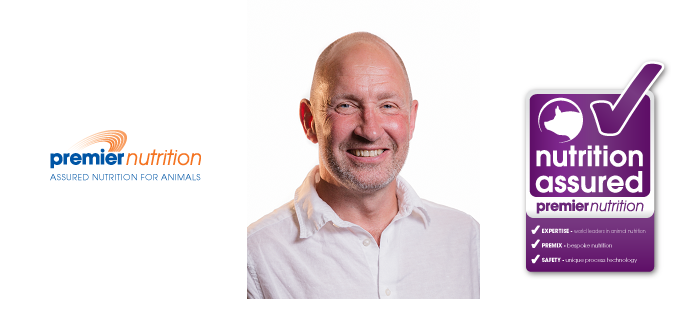The possible use of increased amounts of rapeseed meal in finishing pig diets needs to be approached carefully concerning where the rapeseed is sourced and what the resultant benefit balance might be as regards growth rates and reduced feed costs.
According to premix manufacturer, Premier Nutrition, where rapeseed meal is sourced from influences both feed intake and growth rates, as seen in relation to finishing pigs. In that context, the company’s recommendation is that formulating with a generic rapeseed meal is no longer acceptable, particularly if producers are considering higher inclusion levels.
Premier Nutrition reports having tested UK-sourced rapeseed meal under UK farm conditions using 48 pens of 20 outdoor bred pigs (Rattlerow/PIC 337), all of which were fed pelleted feed from 30 – 108kg. The company said it was seeking to understand the relationship between the glucosinolate content in rapeseed after crushing and its effect on finisher pig growth.
“Glucosinolates and their breakdown products are a group of anti-nutritive factors found in rapeseed, some of which have a bitter taste like mustard or wasabi, whilst others are toxic,” said the company.
“Rapeseed meal sample analysis from three main UK crushers had previously shown a range of 1.2 – 20.4umol/g in glucosinolate levels with consistent differences between the three suppliers. As expected, the meals with the lowest glucosinolate levels had the lowest available lysine content, a direct reflection of the crushing/heating process.”
The trial in question was conducted with diets formulated to contain rapeseed meal at between 0 – 20%. Results suggested a reduction in growth rates of between 2 – 20g/day in diets containing 10% rapeseed meal depending upon its source. This assumes that the nutrient value of the rapeseed is correctly defined.
“Plant breeders have done a fantastic job in reducing glucosinolate levels in UK rapeseed over the last few years,” said Premier Nutrition’s pig nutritionist, Mick Hazzledine (pictured above). “But, as rapeseed meal can save up to 30-40p/tonne per each 1% inclusion, producers need to decide on the value put upon growth rate against this reduced feed cost.
“It’s also crucial for nutritionists to formulate according to the rapeseed source as, even within the UK, there is a substantial difference in glucosinolate levels which, as we’ve seen above, can have a damaging effect on performance and, therefore, profitability.”




